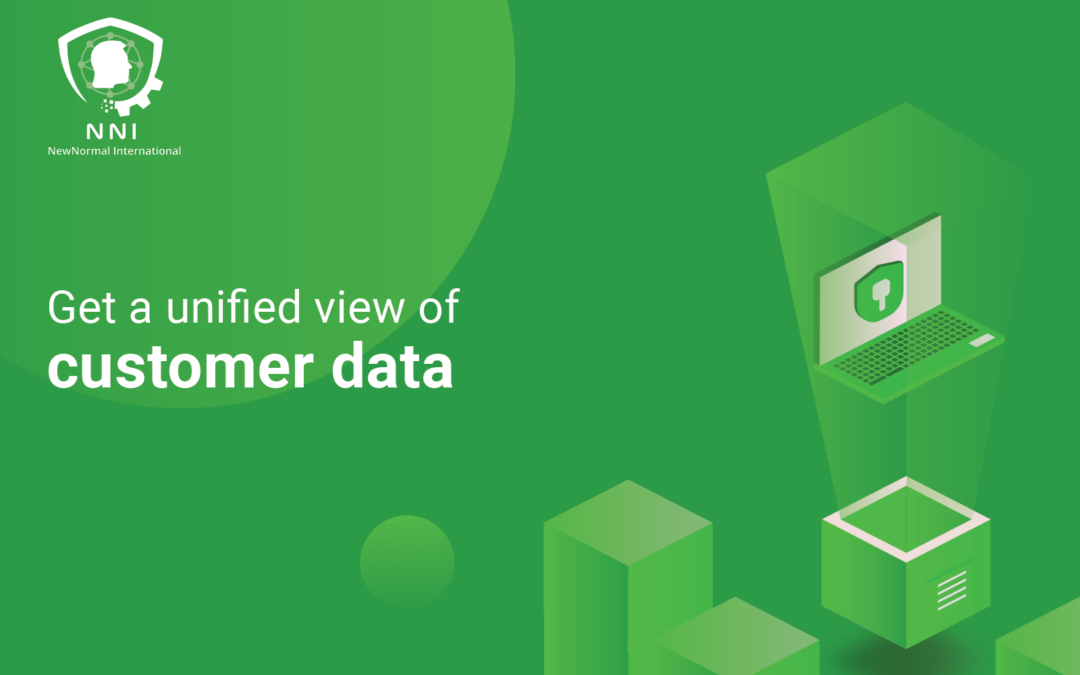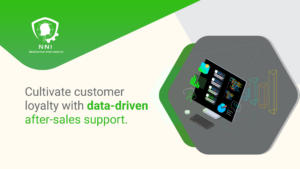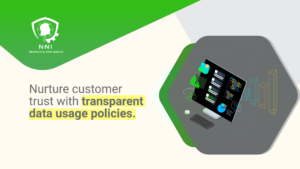Achieving a Unified View of Customer Data
In the fast-paced and ever-evolving world of business, understanding your customers is the key to success. To build meaningful and lasting relationships with your clientele, you need a comprehensive understanding of their preferences, behaviors, and interactions with your brand. This is where a unified view of customer data comes into play. In this article, we will explore strategies for achieving a unified view of customer data while avoiding controversial topics.
1. Centralized Data Storage:
To get a unified view of customer data, it’s essential to have a centralized data storage system. This means collecting and storing data from various sources in a single, organized repository. Centralization simplifies data management and ensures all departments have access to the same information.
2. Data Integration:
Many businesses use multiple tools and platforms to collect customer data. These can include CRM systems, marketing automation software, and customer support platforms. Integrating these systems allows data to flow seamlessly between them, providing a holistic view of customer interactions.
3. Data Quality and Cleanup:
To make informed decisions, you need accurate and high-quality data. Regularly clean and verify customer data to eliminate duplicates, errors, and outdated information. A clean dataset ensures that your unified view is reliable and actionable.
4. Customer Segmentation:
Segmentation is the practice of dividing your customer base into smaller, more manageable groups based on shared characteristics. It helps tailor marketing campaigns, product recommendations, and customer interactions. A unified view of customer data allows for more precise and effective segmentation.
5. Data Analytics and Insights:
Implement data analytics tools to extract actionable insights from your customer data. Analytics can help you understand customer behaviors, preferences, and trends. These insights are invaluable for making strategic decisions and optimizing your customer experience.
6. Real-Time Data Updates:
Customer data is not static. It evolves over time, and real-time updates are essential for keeping your unified view accurate. Implement systems that capture and update customer data as interactions occur, ensuring you have the most up-to-date information.
7. Customer Data Privacy:
Respecting customer data privacy is critical. Comply with relevant data protection regulations and ensure that customers have control over their data. This trust-building practice is essential for maintaining a positive relationship with your clientele.
8. Feedback Loops:
Establish feedback loops with your customers. Gather their opinions, preferences, and suggestions through surveys, feedback forms, and customer service interactions. Incorporate this feedback into your unified view to continually refine your understanding.
9. Customer Journey Mapping:
Mapping the customer journey is a powerful technique for understanding how customers interact with your brand at different touchpoints. This process helps you identify pain points, opportunities for improvement, and areas for a more personalized customer experience.
10. Cross-Channel Consistency:
Ensure consistency across all customer touchpoints, whether it’s your website, social media, email, or in-person interactions. A unified view of customer data allows you to maintain consistent messaging and branding.
11. Automation:
Implement marketing automation to streamline customer interactions and deliver personalized content at the right time. Automation tools use your unified data to trigger actions and responses that enhance the customer experience.
12. Training and Collaboration:
Ensure that your team is trained to use the unified view effectively. Collaboration between departments, such as marketing, sales, and customer support, is essential for a holistic customer approach.
Achieving a unified view of customer data is a fundamental aspect of building and maintaining strong customer relationships. It allows businesses to make data-driven decisions, deliver personalized experiences, and respond to customer needs effectively.
#CustomerData #DataIntegration #CustomerInsights #CustomerExperience #DataQuality























